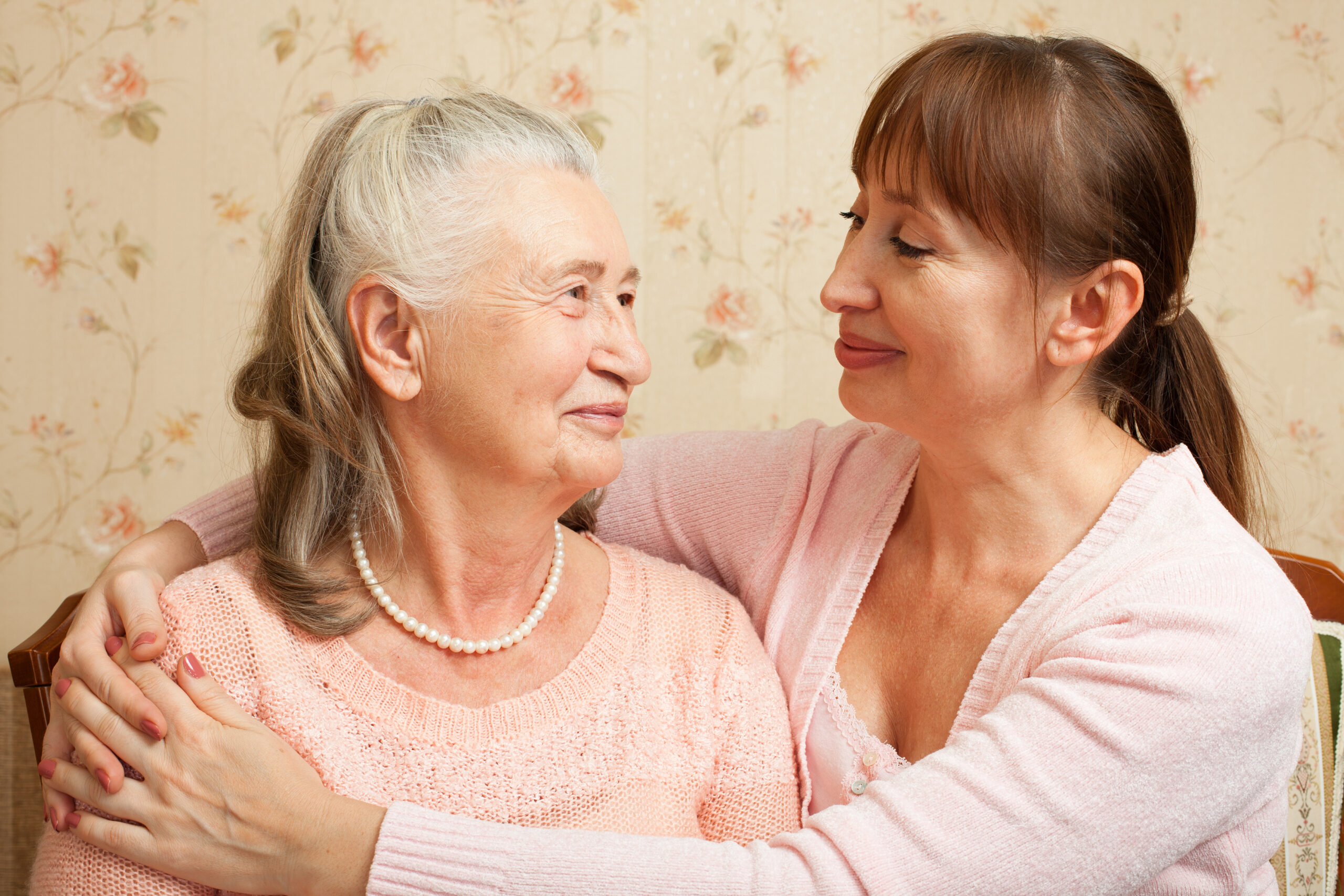Why Assisted Living Is Becoming a Lifestyle Choice, Not Just a Necessity
**Why Assisted Living Is Becoming a Lifestyle Choice, Not Just a Necessity**
Gone are the days when assisted living was seen only as a last resort for seniors who couldn’t manage alone. Today, it’s increasingly becoming a deliberate lifestyle choice—a place where older adults seek community, convenience, and personalized care while maintaining independence. Here’s why perceptions are shifting:
—
### **1. More Than Care—It’s About Living Well**
Modern assisted living communities focus on **enrichment**, not just assistance. With activities ranging from art classes to fitness programs, residents prioritize social connections and hobbies over isolation at home[1][5]. The U.S. News 2025 Best Senior Living report highlights that top-rated communities excel in activities, food quality, and home-like environments—factors that appeal to those seeking vibrancy in their later years[1][4].
—
### **2. Higher Acuity Meets Higher Expectations**
Residents today often arrive with multiple chronic conditions but still expect **wellness-focused amenities**. Operators now blend medical support with luxuries like chef-prepared meals and spa services[3][5]. As one industry leader noted: “We’ve chosen to lean into care while putting *living a fulfilling life* at the center”[3].
—
### **3. Aging in Place Isn’t Always Practical**
While 88% of seniors want to stay home, most haven’t modified their homes for safety[5]. Assisted living bridges this gap by offering maintenance-free living with built-in safety features—no more worrying about stairs or meal prep[5].
—
### **4. Predictable Costs vs Hidden Expenses**
The median cost of assisted living ($5,676/month in 2025) might seem steep compared to aging at home[5], but it bundles housing, utilities, meals, and care into one payment—avoiding unpredictable home healthcare bills or emergency retrofits[2][5].
—
### **The Takeaway**
Assisted living is no longer just about needing help; it’s about choosing a lifestyle that balances support with freedom. As communities evolve into hubs of activity and personalized care, they redefine what it means to thrive in later life[1][3][4].





